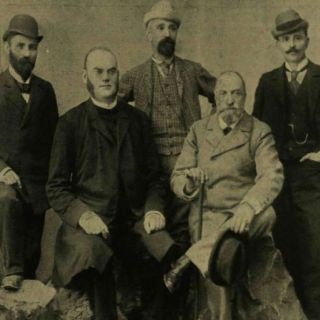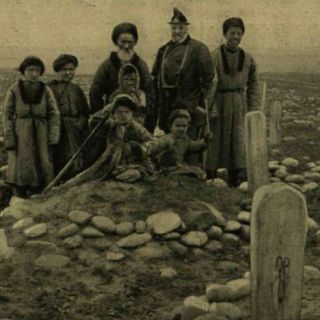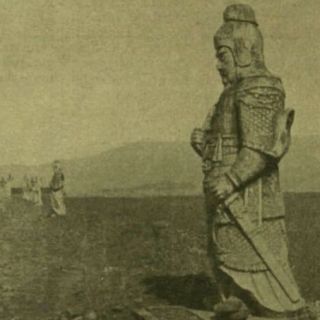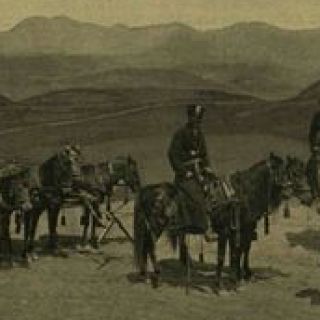
Zichy Collection
Among the numerous special collections within the Hopp Museum, the Zichy Collection is one of the lesser-known, yet it is exceptional for several reasons. Comprising more than 1,300 objects, this is the only collection in the museum that compasses only archaeological objects, featuring the objects collected by Count Jenő Zichy in the course of three journeys to the Caucasus region, Central Asia, and, to a lesser extent, the Far East. The primary objective of these expeditions was to find traces of Hungarian ancestry, although, in archaeological respect, the aim was to build up a comprehensive set of artefacts from as many historical periods as possible.
During their first expedition (summer 1895), the team ventured to the western part of the Caucasus (especially Circassia), while on their second trip (summer 1896), having visited the smaller valleys of the Caucasus, they proceeded through Southern Russia to the Turan Plain. Starting from the Caucasus, the third expedition carried on in small groups, partly following different routes along the great rivers of Russia, covered Siberia and Mongolia, and passed through the main cities of China down to Hong Kong.
Regrettably, almost half of the artefacts collected during the three expeditions were lost in the wars of the twentieth century. Due to the significant loss, the current collection only roughly reflects the original collecting intentions regarding the sites where the objects were collected.
The process of registering them lasted until the 1950s, and in the inventory, they were divided according to their place of origin: Chinese artefacts, together with many pieces from the Ordos region (approximately a hundred items), were allocated to the museum’s Chinese collection, while the Caucasian and Central Asian relics (more than 1,200 objects) were classified into a new, independent unit, named after the collector. It is important to note that roughly a quarter of the collection is scattered from completely unknown sites.
Neolithic is represented mainly by tools made of stone or bone, while the Copper Age and the Bronze Age are present with more varied types of items. The early Iron Age, especially objects connected with Scythian culture, is prominent within the collection, both in quantity and in appearance. In addition to weapons and smaller utility objects, there are respectable numbers of clothing ornaments. The majority of the collection’s ceramics are also associated with the Scythians. There are smaller amounts of objects bearing Western, Hallstatt-culture traits, mainly fibulas, while the late Iron Age is represented by fibulas and bracelets connected to the La Tène culture. Sarmatian wares (e. g., gold strap ends and harness plaques framed with a row of beads) are present in large numbers, and there are even more objects of Roman origin that were brought to Sarmatia as imports. The collection features numerous weapons from the migration period. The engraved glass vessels originating from the Sasanian Empire of Iran, probably imported into the Caucasus in the sixth century, shine a light on the complex cultural and commercial networks that crisscrossed the region.
The Zichy Collection is not only of exceptional importance to archaeology, cultural history, and the history of archaeology but also offers valuable insight into a particularly exciting period in the golden age of Asiatic exploration when scholars travelled to the East in search of the origin of Hungarians.
More information about the research project of the Zichy Collection can be found HERE.
Gallery
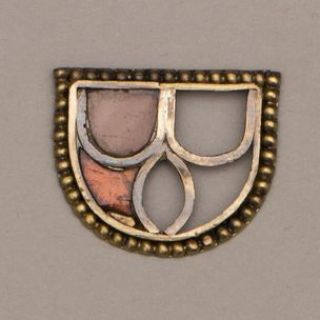

South Siberia, Scythian, 7th–3rd century BC
Bronze
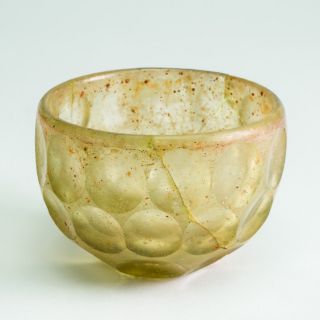
Kuban region, Sasanian, 6th–7th century
Glass
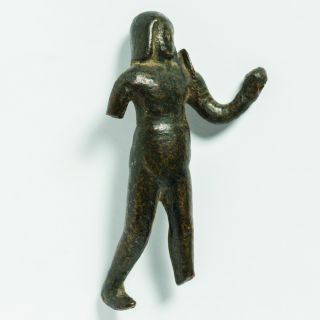
Caucasus, Baksan and Chegem valleys
Roman period (2nd–3rd century)
Bronze
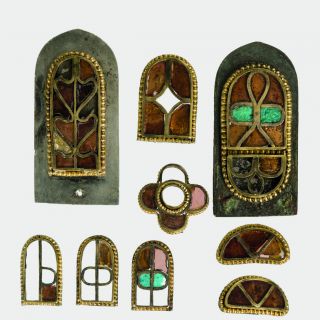
AND HARNESS PLAQUES
Caucasus, Baksan and Chegem valleys
Late Sarmatian / Alan?, 4th–5th century
Gold
